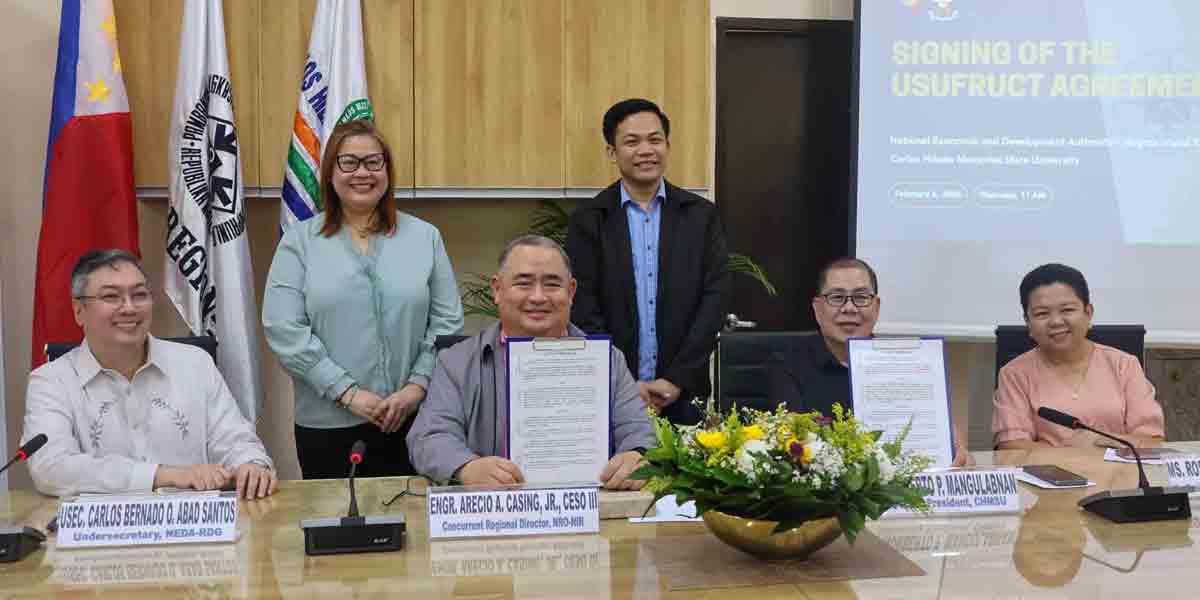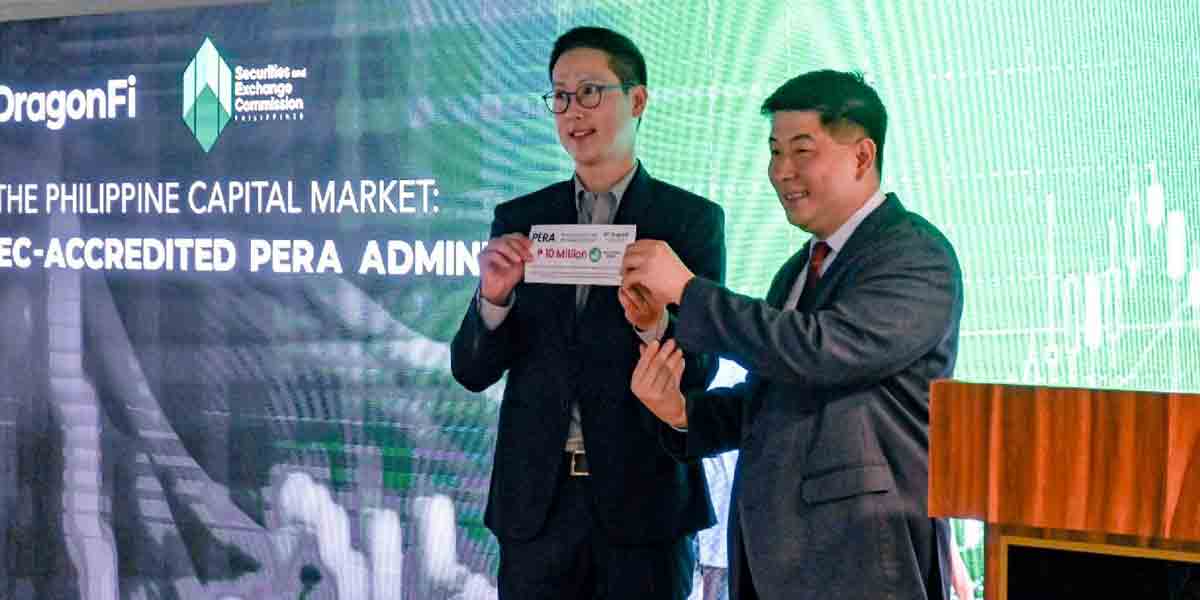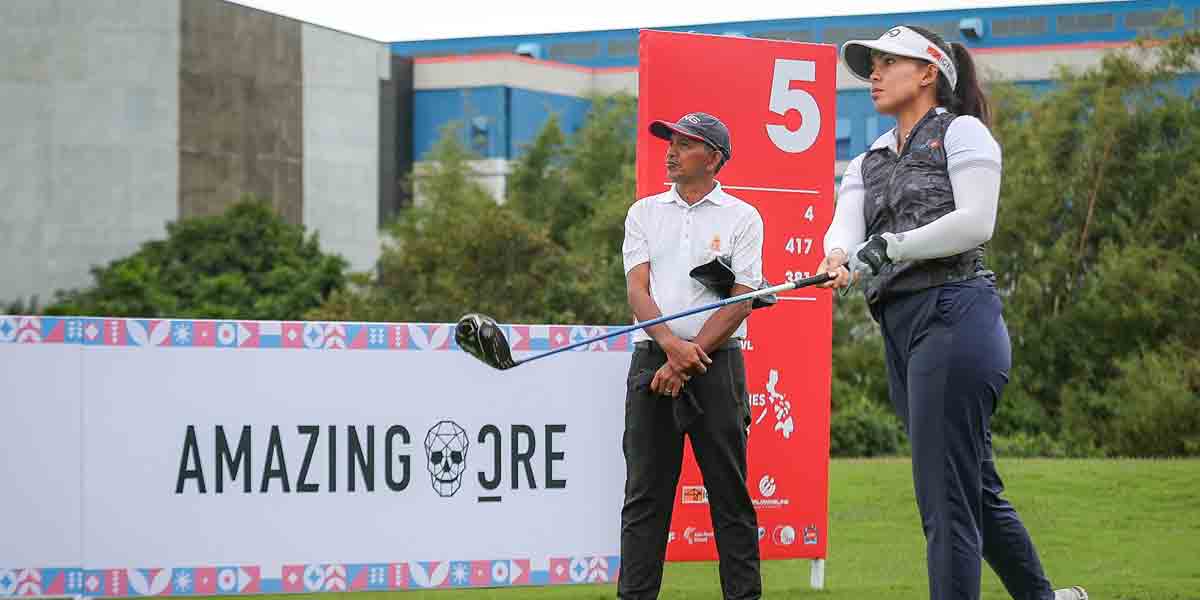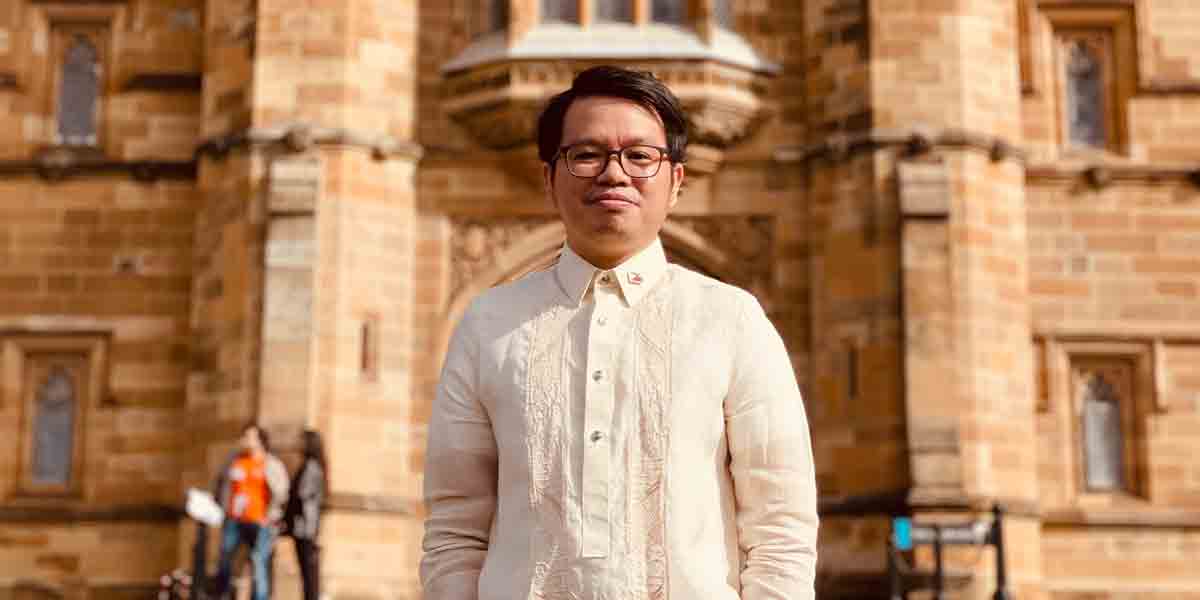
By Elyssa Lopez
Philippine Center for Investigative Journalism
Liquefied natural gas may be a new industry in the local energy sector, but old names are behind the companies bringing the technology to Philippine shores.
Based on proposals submitted to the Department of Energy (DOE), at least seven liquefied natural gas (LNG) terminals are expected to be built along the coasts of Luzon. Most of their proponents are companies that have long been in the power industry.
As natural gas is touted as the “bridge fuel” intended to help countries transition to cleaner sources of power, energy companies are rushing to gain the first-mover advantage.
Renewable energy is expected to contribute between 35% to 50% of the country’s power generation by 2040, according to the Philippine Energy Plan.
If the trend holds, natural gas will take over coal as the major fuel source for power generation by 2040, increasing its share to 40.3% from just 19.2% in 2020.
The first two LNG terminals expected to operate, for example, are owned by companies with substantial power generation market shares or are partnered with such firms.
Dominant players
FGEN LNG Corp.’s floating storage and regasification unit (FSRU) which has a capacity of 5.26 million tons per annum (MTPA) — the largest among the proponents — is owned by First Gen LNG Holdings Corp. of the Lopez family.
Among the company’s stockholders are top executives of First Gen Corp., the biggest natural gas-powered plant operator in the country. It owns and operates four of five natural gas-fired power plants in Luzon. First Gen held a 15% market share in power generation at the end of 2021.
First Gen’s natural gas-fired power plants have long relied on supply from the Malampaya gas field. Malampaya will dry up soon, thus the need for the LNG terminal. The Lopez company expects to operate the terminal by the first quarter of 2023.
Meanwhile, the floating storage and inland regasification units of Linseed Field Corp., which has a capacity of 3 MTPA, are owned by the local office of Singaporean LNG firm Atlantic, Gulf & Pacific Co. (AG&P).
It will supply the gas-fired power plant of Excellent Energy Resources Inc. (EERI). EERI is a subsidiary of SMC Global Power Holdings Corp., which is a unit of diversified conglomerate San Miguel Corp.
Linseed’s LNG terminal is being constructed adjacent to the EERI power plant in Batangas City. The DOE said it expects Linseed’s LNG terminal to operate by the second quarter of the year.
SMC Global Power is one of the two largest power generation companies in the country, with a 22% market share. It dominates the Luzon grid with 31% of the market, just slightly above the allowable market share under the Electric Power Industry Reform Act of 2001.
The law states that “no company or related group can own, operate or control more than 30% of the installed generating capacity of a grid.”
Both LNG terminals are being built in partnership with the two largest Japanese gas firms. FGEN LNG counts 138-year-old firm Tokyo Gas Co. Ltd., the primary gas supplier in the Japanese capital, as a partner. Linseed has Osaka Gas Co. Ltd as its partner. Osaka Gas supplies gas to the Kansai region of Japan.
Batangas Clean Energy Inc. is also set to begin construction of its 1,100-MW power plant by the second half of 2023. The project is a 50-50 joint venture of Singapore-based Gen X Energy LLC and Ayala Group’s ENEX Energy Corp. (formerly ACE Enexor Inc.).
Gen X Energy is a subsidiary of U.S.-based portfolio company Blackstone Inc., while ENEX Energy is a subsidiary of ACEN Corp. According to its company website, ACEN has the largest international portfolio among Philippine power companies, with assets in Vietnam, Indonesia, India, and Australia.
The rest of the LNG players are either owned by smaller power companies or by foreign entities.
Old and new
Vires Energy Corp., which proposes a 3-MTPA FSRU terminal in Batangas City, is owned by listed company A Brown Co. Inc. The company also owns power plants in Bukidnon, Agusan del Sur, General Santos City, and Iloilo, through subsidiaries. It has a total generating capacity of 190 megawatts (MW).
A Brown Co. and Vires Energy Corp. are both owned by Walter W. Brown, who is among the country’s richest persons according to Forbes. Brown had a net worth of $200 million in 2018. He also has interests in mining and real estate.
Also among the stockholders of Vires Energy Corp. is Eduardo V. Mañalac, who served as energy undersecretary during the Arroyo administration. He now serves as director of Basic Energy and president of Transenergy Petroleum Ltd.
Another proponent, Luzon LNG Terminal Inc., is owned by the local office of Texas-based LNG company Excelerate Energy LP. Its partner, Topline Energy and Power Development Corp., is relatively new to the industry.
Among its stockholders are Eugene Erik Lapasaran Lim and Brigitte Carmel Mueller, the CEO and vice president, respectively, of Topline Business Development Corp. Their two siblings are also stockholders.
Topline has businesses in Cebu City, ranging from transportation to real estate. In 2021, Vice President Sara Duterte-Carpio, then mayor of Davao City, graced the ribbon-cutting ceremony of one of its businesses in Cebu.
The siblings are the children of Connie Lim, who identifies herself as the manager of the Visayas branch of the Office of the Vice President on her Facebook page. Lim served as mayor of Ozamiz City in 2010.
Former Cebu Port Authority commissioner Michael Francis Lopez is also a stockholder in Topline Energy.
Lopez served the port authority during the Duterte administration but resigned in December 2021, saying it was “nearly impossible not to be seen as engaging in partisan activities.” He campaigned for President Ferdinand Marcos Jr. and Vice President Sara Duterte-Carpio during the 2022 elections.
International firms
Shell Energy Philippines Inc., the local unit of the Dutch oil giant, has proposed a 3-MTPA FSRU terminal in Batangas City.
Energy World Gas Operations Philippines Inc., which has proposed a similar project in Quezon province, is owned by the Philippine unit of a regional LNG player called Energy World Corp. Ltd. Energy World Corp. also has a 650-MW power plant project in Quezon province. The company has presence in Indonesia and Australia.
Samat LNG Corp., the latest LNG proponent, is owned by Go LNG Asia Pte. Ltd., its general information sheet shows.
The company’s website says it’s a Singapore-based company. The rest of the company’s stockholders are Singapore-based individuals and a holding company in the British Virgin Islands. –With research by Martha Teodoro and Cherry Salazar, PCIJ, March 2023

















